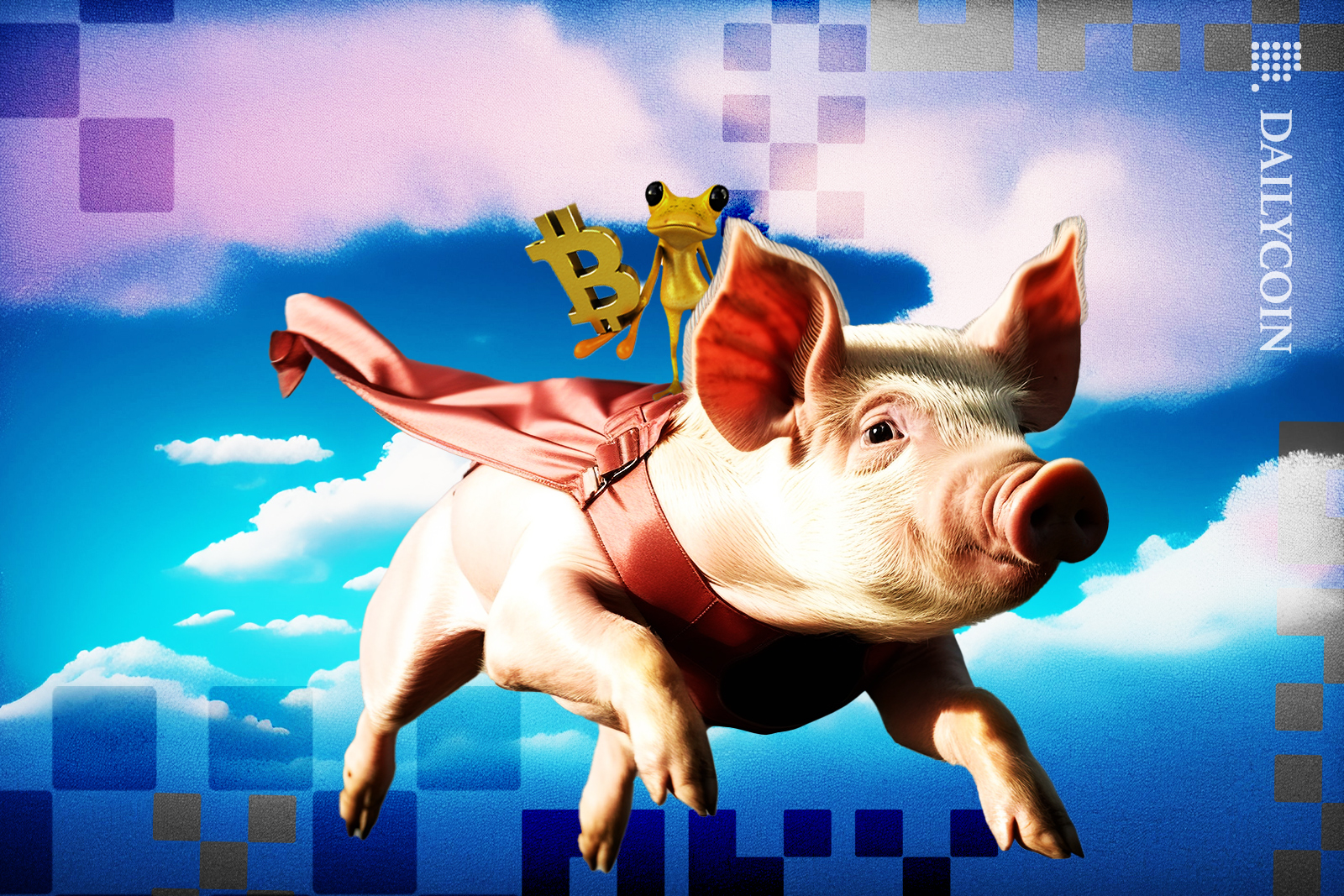
- OKX Wallet now allows Bitcoin and BRC-20 token staking.
- The process is straightforward for users.
- The long-term value of the OKX staking rewards is in question.
Crypto users are always looking to up their gains. That’s why staking has become a popular way to earn passive income on top of investment returns. Most recently, the OKX Wallet introduced Bitcoin and BRC-20 token staking for its users.
On Wednesday, July 19, OKX exchange announced support for Bitcoin (BTC) and BRC-20 staking in its native OKX wallet. But what does this feature mean, and how is it different from traditional staking?
Understanding Staking: PoS and DeFi
Staking is a process where users participate in a Proof-of-Stake (PoS) blockchain network by holding and “staking” their cryptocurrencies in a wallet to support network operations such as transaction validation, security, and governance.
Sponsored
In return, stakers receive rewards, often as additional tokens. It’s a way for crypto holders to earn passive income on their holdings, similar to earning interest in a traditional bank account.
Staking in Non-PoS Blockchains Like Bitcoin
Bitcoin operates on a Proof-of-Work (PoW) consensus mechanism, fundamentally different from the Proof-of-Stake (PoS) mechanism where staking is typically used. In PoW, miners compete to solve complex mathematical problems, and the first one to solve the problem gets to add a new block to the blockchain and receive a reward in Bitcoin. This process requires substantial computational power and energy.
So, how does staking work in a non-PoS blockchain like Bitcoin? The answer is, traditionally, it doesn’t. Bitcoin was not designed to support staking in the same way that PoS blockchains do. However, with the advent of DeFi (Decentralized Finance), it has become possible to “stake” Bitcoin differently.
OKX Wallet and Its New Staking Feature
In the case of OKX Wallet, they have implemented the BRC-20s protocol, which allows users to stake Bitcoin and BRC-20 tokens on their platform.
Sponsored
For users, the process is straightforward:
- Users deposit their Bitcoin or BRC-20 tokens into the OKX Wallet.
- These tokens are then staked via the OKX Web3 DeFi aggregator, thanks to the implementation of OKX’s open-source BRC-20s protocol.
- Users then earn BRC-20s tokens as rewards for staking their cryptocurrencies.
- These BRC-20s tokens can be sold on the upcoming marketplace on OKX Web3 DeFi.
The OKX Wallet protocol enables developers to create staking pools using the BRC-20s protocol and distribute BRC-20s tokens to Bitcoin or BRC-20 token holders. The process is significantly different from DeFi yield farming.
Unlike DeFi yield farming, which involves lending crypto, staking on OKX Wallet is less risky. Instead of taking user tokens and trading with them, projects distribute BRC-20 tokens as rewards to boost engagement.
On the Flipside
- It is unclear whether these BRC-20 tokens, given away freely, will have substantial value in the long run.
- BRC-20 tokens have a substantial carbon footprint and contribute to Bitcoin congestion. This raises questions about incentivizing projects to create more of them.
Why This Matters
Bitcoin and BRC-20 token staking on OKX Wallet is a potential opportunity for users to earn passive income.
Read more about the OKX platform:
OKX Review: One-Stop Shop for Mastering Crypto Trading
Read more about Kima’s new blockchain payments system that doesn’t use smart contracts:
Bridging Crypto and Fiat: Kima’s Innovative Direct Transfer System
